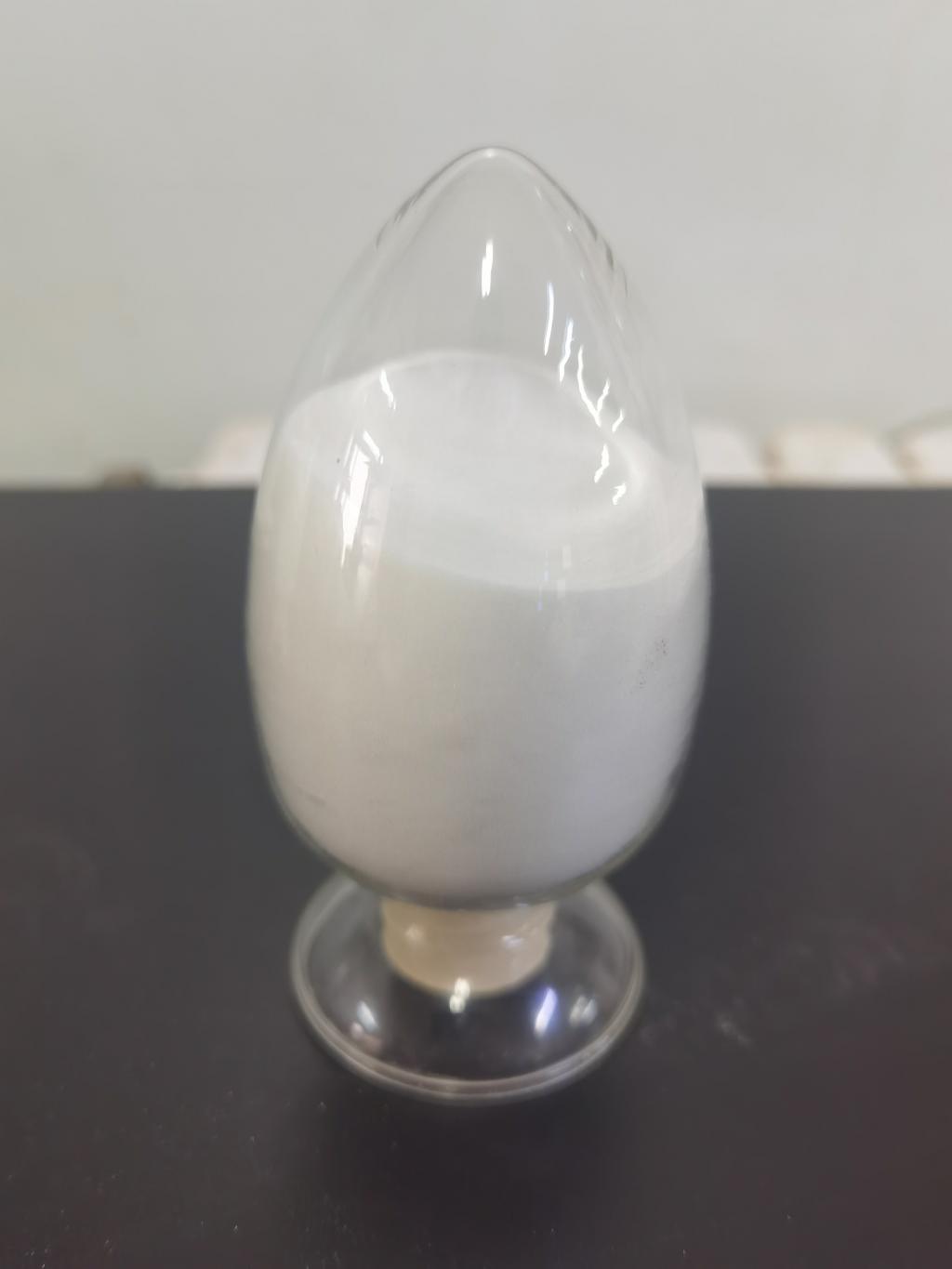Tel:+8618231198596

News
 CONTACT
CONTACT
 CONTACT
CONTACT
- Linkman:Linda Yao
- Tel: +8618231198596
- Email:linda.yao@dcpharma.cn
- Linkman:CHARLES.WANG
- Department:Overseas
- Tel: 0086 0311-85537378 0086 0311-85539701
News
Current Position:
Home >
News
>ε-Polylysine hydrochloride in the preservation of nutritionally sensitive foods
ε-Polylysine hydrochloride in the preservation of nutritionally sensitive foods
TIME:2024-09-03
Introduction to ε-Polylysine Hydrochloride
ε-Polylysine (ε-PL) is a cationic polymer derived from lysine, an essential amino acid. It is produced through fermentation by certain bacterial strains and has been recognized for its broad-spectrum antimicrobial properties. The hydrochloride form of ε-PL is highly soluble in water and stable across a range of pH levels, making it a versatile preservative for various food applications.
Nutritional Sensitivity and Food Preservation
Nutritionally sensitive foods are those that contain high levels of vitamins, minerals, and other nutrients that can degrade rapidly when exposed to environmental factors such as light, oxygen, and microbial activity. Preservation methods must therefore not only prevent spoilage but also maintain the food's nutritional quality. Traditional preservatives and processing techniques can sometimes lead to nutrient loss, prompting the search for alternatives that preserve both safety and nutritional value.
The Mechanism of Action of ε-Polylysine Hydrochloride
ε-Polylysine hydrochloride works by disrupting the cell membranes of microorganisms, leading to cell lysis and death. This mechanism is effective against a wide range of bacteria, yeasts, and molds, making ε-PL a potent preservative. Unlike some synthetic preservatives, ε-PL does not typically interfere with the nutritional composition of foods, as it is a natural substance that degrades into amino acids, which are already present in foods.
Benefits of Using ε-Polylysine Hydrochloride
Maintains Nutritional Quality: ε-PL can extend the shelf life of foods without causing significant degradation of vitamins, minerals, and other nutrients. This is particularly important for foods rich in water-soluble vitamins such as vitamin C and certain B vitamins, which are easily lost during storage.
Enhances Food Safety: By inhibiting the growth of pathogenic microorganisms, ε-PL contributes to the safety of nutritionally sensitive foods. This is especially relevant for perishable items such as fresh produce and dairy products, which are prone to contamination.
Natural and Consumer-Friendly: ε-PL is derived from natural sources and is generally recognized as safe (GRAS) by regulatory bodies. This aligns with consumer preferences for minimally processed and naturally preserved foods.
Practical Applications of ε-Polylysine Hydrochloride
ε-Polylysine hydrochloride can be incorporated into various food products to enhance their preservation:
Fresh Produce: ε-PL can be used as a wash or spray treatment for fruits and vegetables to prevent microbial spoilage. This method helps maintain freshness and nutritional quality during transportation and storage.
Dairy Products: In dairy products, ε-PL can be added to milk, yogurt, and cheese to prevent the growth of spoilage bacteria and fungi. This ensures a longer shelf life without compromising the taste or nutritional value of the products.
Meat and Poultry: ε-PL can be used in the processing of meat and poultry products to inhibit the growth of pathogens and spoilage microorganisms. This is particularly useful for fresh cuts, which are highly susceptible to rapid spoilage.
Ready-to-Eat Meals: ε-PL can be incorporated into ready-to-eat meals to extend their shelf life and ensure safety. This is beneficial for products that are stored at ambient temperatures or require minimal refrigeration.
Techniques for Incorporation
The successful application of ε-PL in food preservation relies on proper incorporation techniques:
Spray Application: ε-PL can be sprayed directly onto the surface of foods, providing a protective layer against microbial invasion.
Immersion Bath: Foods can be immersed in a solution containing ε-PL, ensuring thorough coverage and protection.
Addition to Processing Steps: ε-PL can be added during the processing of foods, such as during mixing, blending, or marinating steps, ensuring uniform distribution throughout the product.
Considerations and Challenges
While ε-Polylysine hydrochloride offers numerous benefits, there are considerations and challenges to its widespread adoption:
Optimal Concentration: Determining the right concentration of ε-PL is crucial to achieving the desired preservative effect without altering the sensory properties of the food.
Synergy with Other Preservatives: Combining ε-PL with other natural preservatives, such as essential oils or plant extracts, can enhance its effectiveness and broaden its antimicrobial spectrum.
Consumer Education: Educating consumers about the benefits of ε-PL and addressing any misconceptions about its use in food products can help gain widespread acceptance.
Conclusion
The use of ε-Polylysine hydrochloride in the preservation of nutritionally sensitive foods represents a significant advancement in food safety and quality maintenance. By extending the shelf life of these foods without compromising their nutritional integrity, ε-PL offers a natural and effective solution that meets consumer demands for healthier, safer, and more sustainable food products. As research continues to refine its application and explore new possibilities, ε-PL is poised to play an increasingly important role in ensuring the quality and safety of nutritionally sensitive foods, contributing to a more robust and secure food supply chain.
- Tel:+8618231198596
- Whatsapp:18231198596
- Chat With Skype







